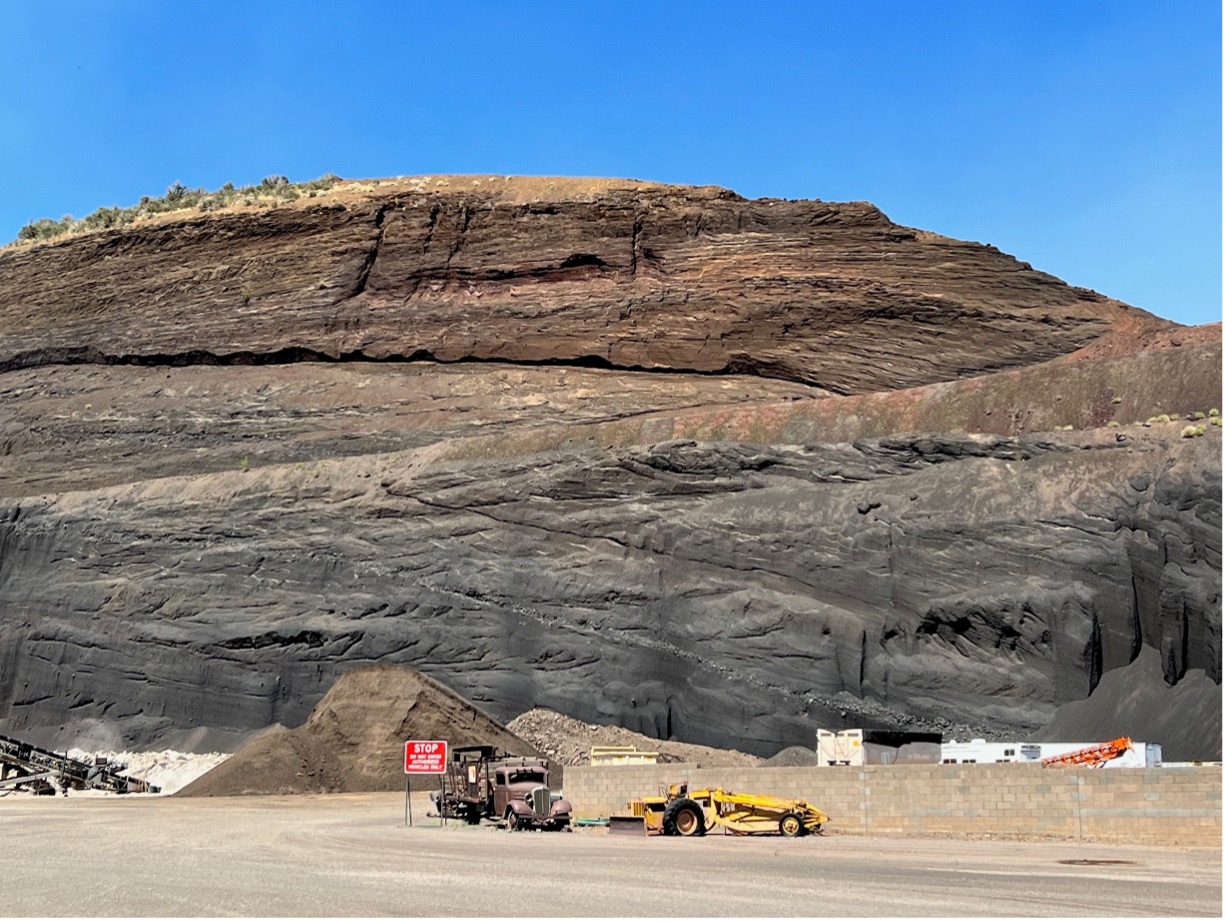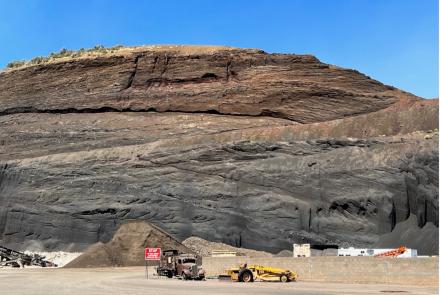Team awarded $1M DOE grant to identify rock resources for permanent CO2 sequestration in Arizona
Scientists at the Arizona Geological Survey (AZGS), University of Arizona, Northern Arizona University (NAU), and Arizona State University (ASU) have been awarded ~$1 million from the United States Department of Energy (DOE) to characterize rock resources for permanent CO2 sequestration and build a model that will advance the commercialization of CO2 sequestration at the community scale in Arizona.
Specific types of magnesium-rich igneous rocks react with CO2 naturally to form common materials like limestone and chalk. This process, called carbon mineralization, has already been successfully commercialized in Iceland, where CO2-enriched fluids are injected underground into basalt lava flows. The CO2 mineralizes to form new carbonate rocks within a few years. In this project, NAU team scientists will be experimenting with ways to mineralize carbon dioxide in the laboratory with a different type of rock called scoria (or more commonly cinder). These rock types occupy ~20,000 square miles of the state and some areas are already mined for industrial purposes. AZGS geologists will catalog rock samples from across the state and provide NAU engineers with samples of rocks that are most favorable for permanent CO2 storage. Those rocks will be crushed, milled, and reacted with CO2 at high temperatures and pressures, which will change the igneous rock into carbonate rock in just a few hours. The CO2 reaction kinetics data will be combined with sample physical and chemical properties of the rock samples, new geologic mapping, water chemistry and source analyses, and land use data to create a publicly available Mafic Rock Resource Inventory webmap.
With these data, the ASU team of engineers will develop a commercial model for the creation of a carbon mineralization industry in Arizona. The model is driven by the passive collection of CO2 from the atmosphere by mobile direct air capture “MechanicalTrees” deployed next to a rock resource site. Cost and deployment of equipment, energy, saline water, and waste disposal will be addressed to provide stakeholders, politicians, and communities with a development plan to commercialize CO2 mineralization in Arizona’s vast igneous rock resources.
The new systems model will also consider the positive and negative impacts of the carbon sequestration industry at the community level. Rural and underserved communities often bear more of the burden from the energy infrastructure such as waste storage and polluted land and water yet receive fewer benefits than the urban areas and industrial complexes they serve, which leads to environmental justice issues. This study will aim to understand and address such issues in the context of CO2 sequestration within distributed mafic rock sites so that all parties involved, including small business and community ownership models, will experience meaningful benefits.
In the coming months, AZGS will be posting updates on this project’s progress – including specifics on rock chemistry, the CO2 reactivity process, and community engagement efforts.
Header image: Sheep Hill, Flagstaff, AZ is an active scoria (cinder) mine. Magnesium-rich rocks like these are the subject of this research. Cinder from across the state of Arizona will be collected, analyzed, milled, and reacted with CO2-rich fluids in a laboratory. The process will create a new carbonate rock type that permanently stores the CO2 as part of the rock’s mineral structure.





